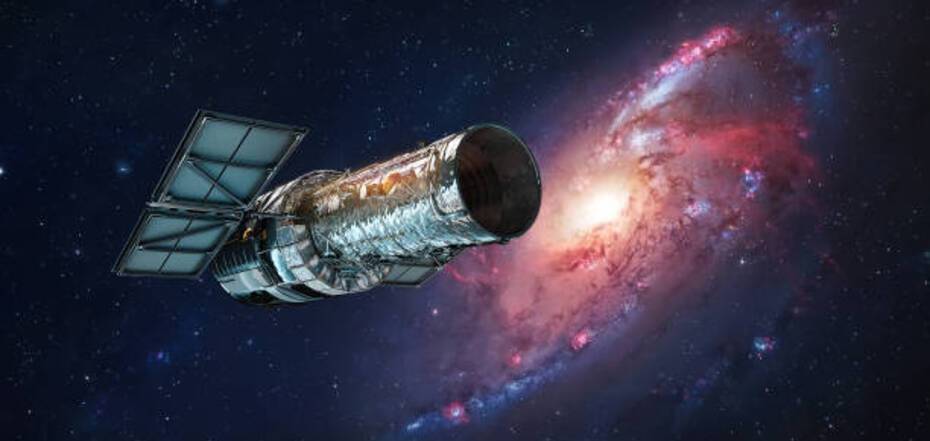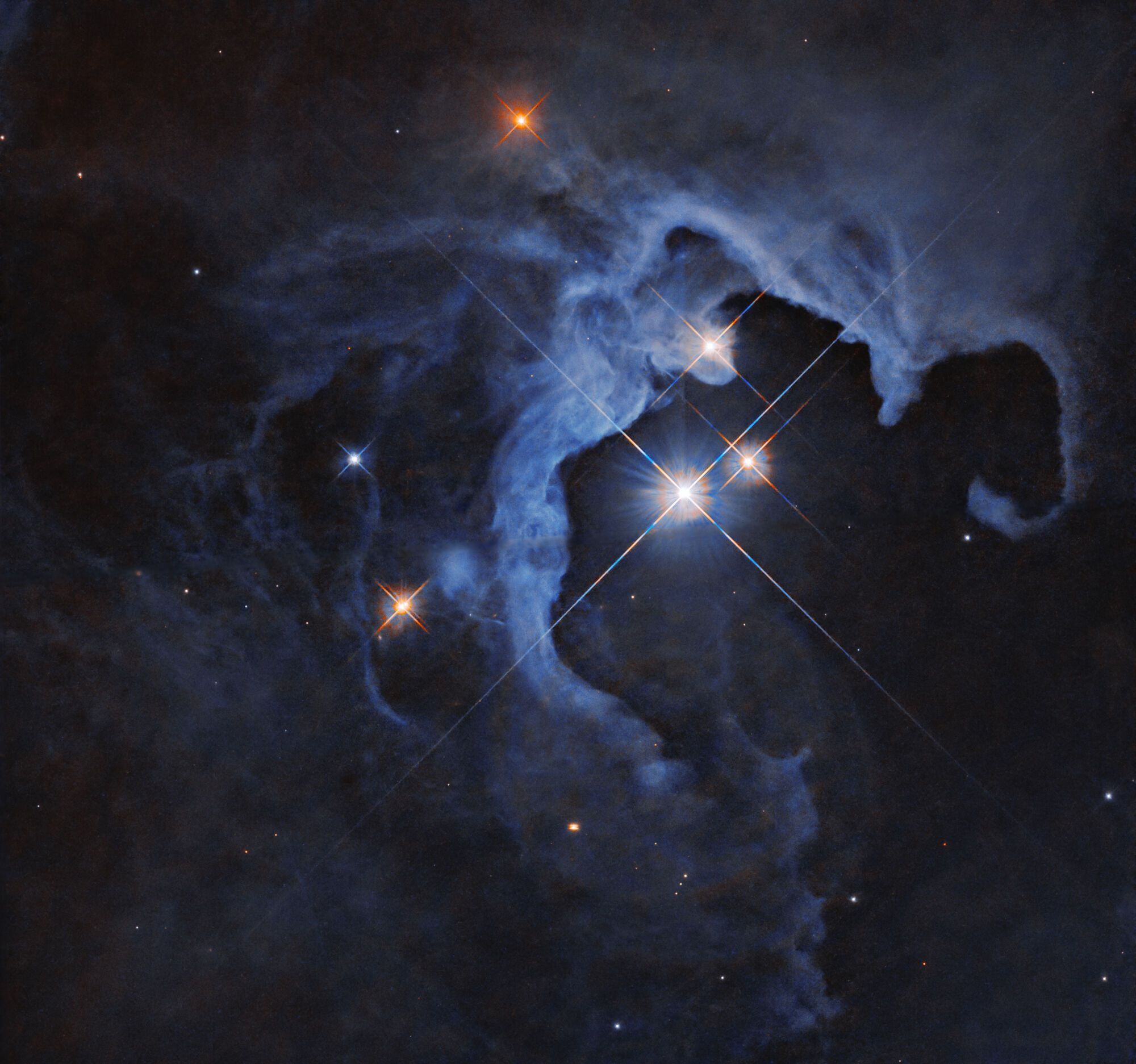News
NASA telescope shows photo of a young sun-like star
NASA's Hubble Space Telescope has captured a satellite image of a system of stars that has just begun its evolutionary journey. The photo clearly shows a triad of luminaries called variables, i.e., those that change their brightness over time.
The stars flashing out of the nebula's cavity are named HP Tau, HP Tau G2, and HP Tau G3. HP Tau is known as a T Tauri star, according to NASA's website.
This is a type of young variable star that has not yet begun nuclear fusion, but is gradually evolving into a hydrogen-powered luminary, similar to our Sun.
The age of T Tauri is less than 10 million years. These stars are often seen wrapped in clouds of dust and gas from which they formed.
By comparison, our Sun is about 4.6 billion years old.
The brightness of HP Tau varies over time, as with all variable stars. It is known that T Tauri luminaries have both periodic and random fluctuations in brightness.
Random variations can result from the chaotic nature of a young, evolving star. For example, instabilities in the accretion disk of dust and gas around the star.
Accretion is an essential stage in forming stars, planets, and other celestial bodies, the process of matter falling onto a massive space body from the environment under the influence of gravity.
Periodic changes can also be caused by giant sunspots in the field of view and outside the Sun.
Curving around stars, the cloud of gas and dust shines with reflected light. Nebulae do not emit visible light by themselves. But they shine when light from nearby stars reflects off the gas and dust, like fog illuminated by car headlights.
HP Tau is located about 550 light-years away in the constellation Taurus. Hubble has been studying HP Tau as part of its research on protoplanetary disks, disks of material around stars that coalesce into planets over millions of years.
Only verified information is available on the OBOZ.UA Telegram channel and Viber. Do not fall for fakes!




























